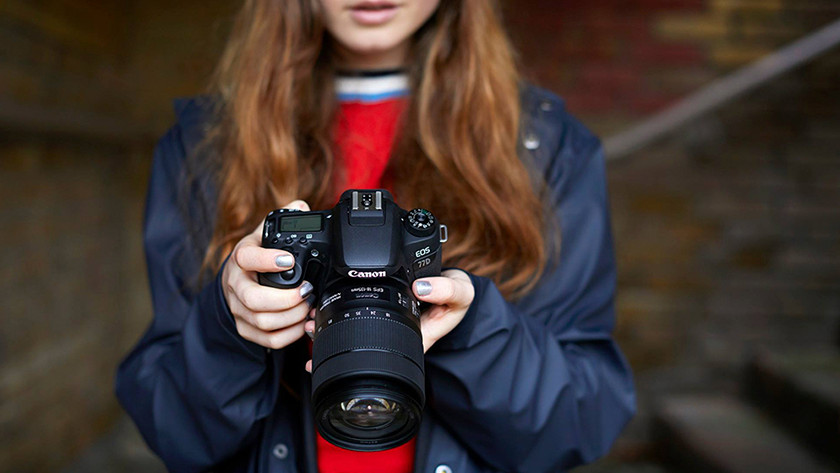When I took pictures with a simple compact digital camera, one of those trinkets (it was one of those totally unknown Chinese brands), I thought the SLR camera literally meant professional camera. I was completely wrong.
Over time, I’ve discovered that just because a camera is an SLR and has interchangeable lenses, a black color and significant weight doesn’t necessarily mean it’s professional. Today I will explain the difference between the different types of SLR cameras you can find. how to distinguish them and how to know which rank is most appropriate for your particular case. (This article will benefit anyone who is trying to make a good decision about your next SLR camera. Please, at the end of the article, if you like, recommend it).
Among the DSLR cameras on the market, you can find basically 3 categories:
Now I’m going to explain the difference, but be careful not to fall into error. It is very common to think that “Professional” is better than “For beginners”. It’s not like that, it’s not about better or worse. They are different ranges, each intended for a specific type of user. It’s like clothes, is a size XL better than an L?Well, it depends on who uses it. The same goes for SLR cameras.
They are very easy to recognize, mainly because of their exorbitant price. This award is justified by the fact that the user will have to dedicate himself professionally to photography (hence “Professional”), so he will eventually benefit from it and an economic return. These cameras can be worth from 2000 euros (only the case, without lenses). Another feature is the advanced and sometimes complicated functions they have, functions that the amateur user will NEVER need, such as the typical megapixels that, in professional SLRs, can reach up to 25 megapixels, which normally would not need a normal user.
Some examples of cameras for professionals: the Nikon D850, the Canon EOS 5D Mark IV among others.
There is a type of user who, even without dedicating himself professionally to photography, and even without making money with it, likes to go a little further in this field, this group is generally very diverse and includes the following subgroups:
These cameras usually offer very advanced features, although still within reach of the average user. They are characterized by a medium weight, pulling towards the light, and an equally affordable price, although more expensive than the cameras for beginners, which we will see.
There are several examples of semi-professional SLR cameras: the first one that comes to mind is the Nikon D7500, or the Canon EOS 6D Mark II.
These are the most suitable cameras for people who are going to enter the world of DSLR for the first time, if in your life you have worked with a SLR camera, you have a reduced initial budget or your relationship with photography is more of a hobby than anything else. Otherwise, I recommend you consider offering SLR cameras for beginners more than any other range (I recently presented my list of the best DSLR cameras for beginners, check it out). Make no mistake when you think that a beginner’s camera will necessarily have very limited functions and therefore poor image quality. Wrong, that’s the biggest nonsense you can think of. DSLR cameras for beginners today surpass all the cameras that any professional would have dreamed of 10 years ago. Besides, I won’t get tired of repeating it, the photo is not made by the camera, it is made by the photographer.
The Canon 200D, Nikon D3400 and D5300, among others, are good examples of DSLR for beginner enthusiasts.
That’s all. If you’ve endured reading so far, it means that you already know how to distinguish the top 3 ranges of SLR cameras and that, surely, you know which one is right for you?I hope you enjoyed this reading. If you found it helpful, recommend it to others.

